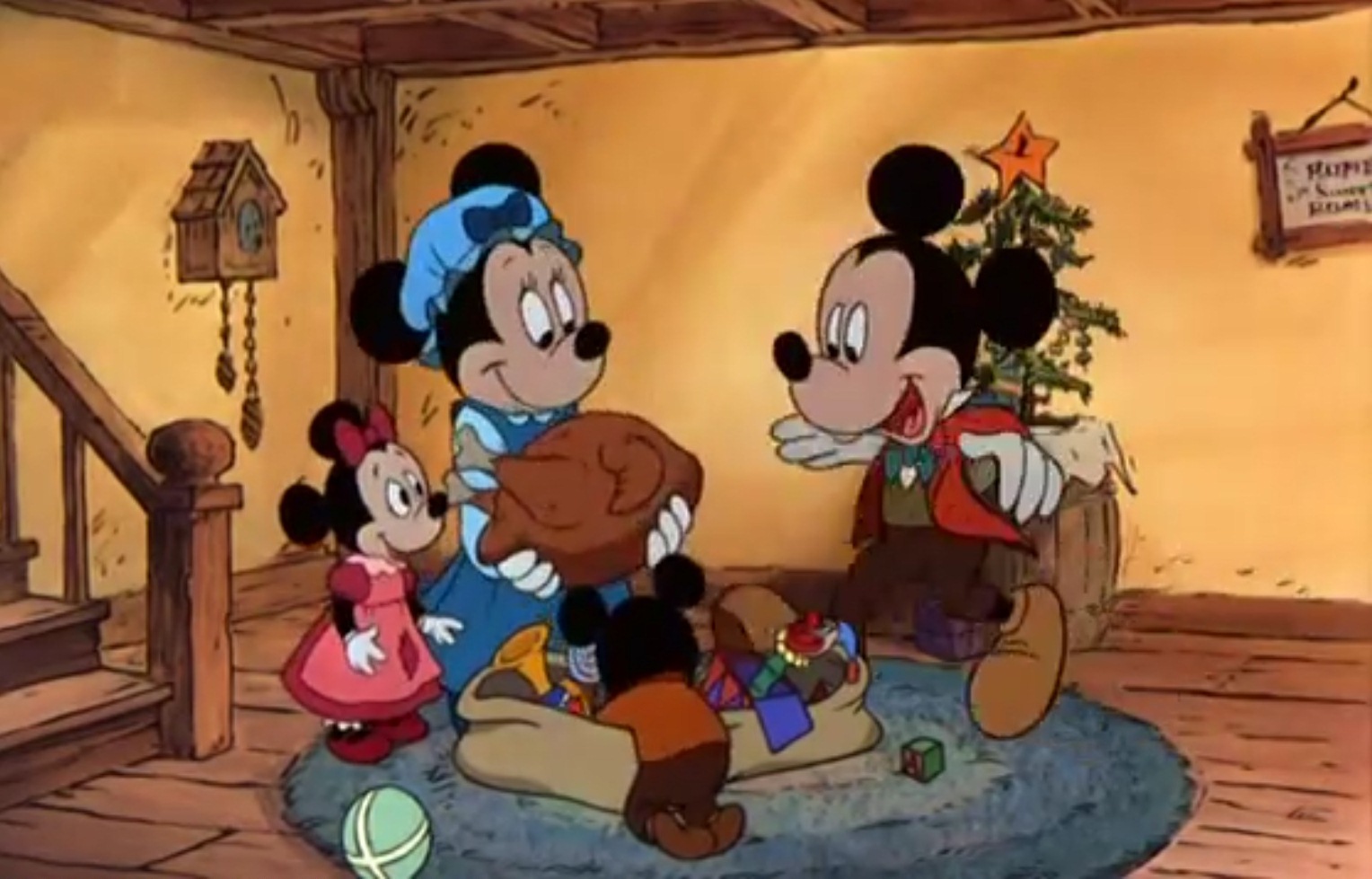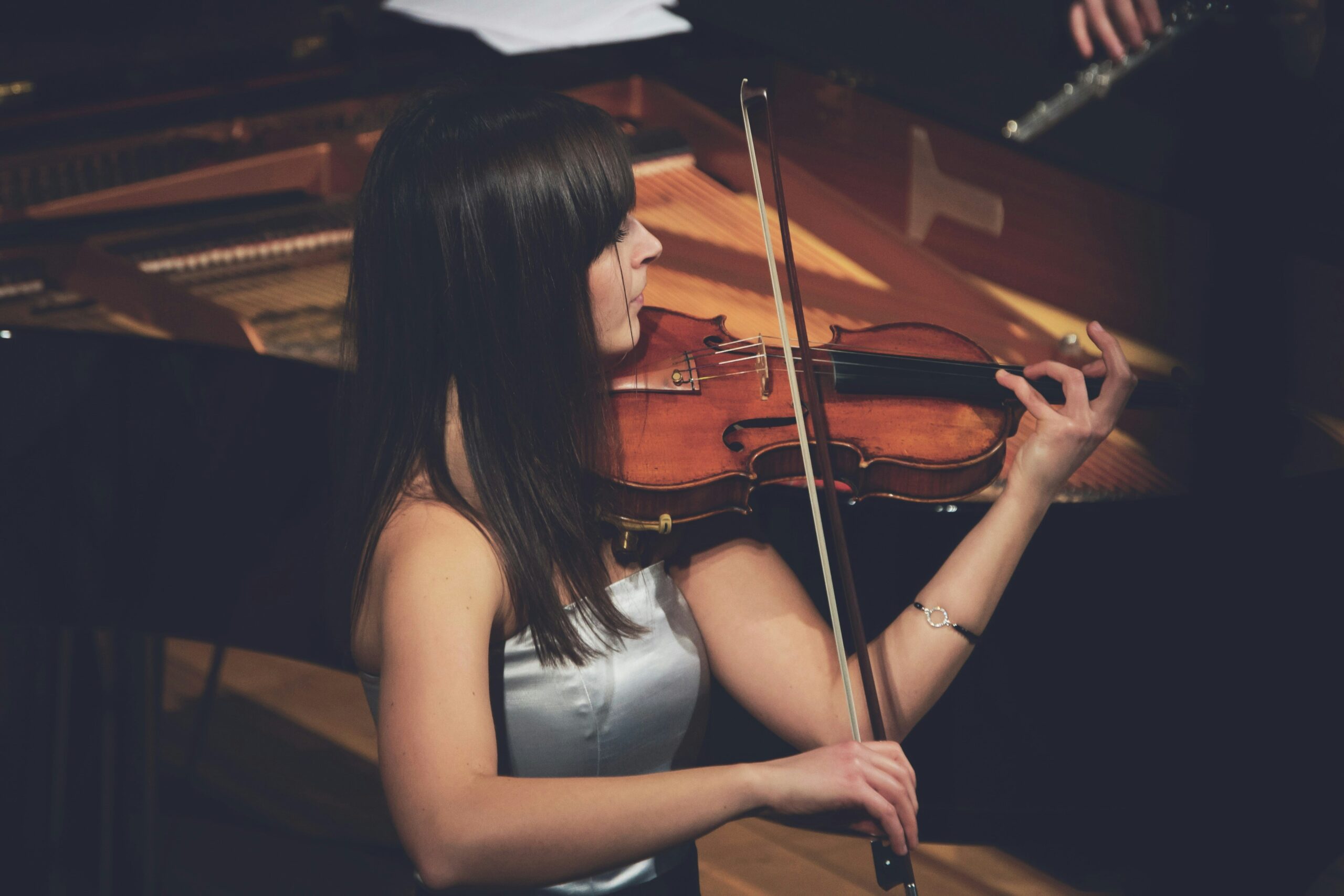Well, my schedule was thrown off a bit, but I’m back with the second installment. The first of the three spirits is more commonly known as the Ghost of Christmas Past. Of the three spirits, Christmas Past is the one that never looks right on screen. Dickens says:
It was a strange figure – like a child; yet not so like a child as like an old man, viewed through some supernatural medium, which gave him the appearance of having receded from view, and being diminished to a child’s proportions. Its hair, which hung about its neck and down its back, was white, as if with age; and yet the face had not a wrinkle in it, and the tenderest bloom was on the skin. The arms were very long and muscular; the hands the same, as if its hold were of uncommon strength. Its legs and feet, most delicately formed, were, like those upper members, bare. It wore a tunic of purest white; and round its waist was bound a lustrous belt, the sheen of which was beautiful. It held a branch of fresh, green holly in its hand; and, in singular contradiction to that wintery emblem, had its dress trimmed with summer flowers. But the strangest thing about it was, that from the crown of its head there sprung a bright, clear jet of light, by which all this was visible; and which was doubtless the occasion of its using, in its duller moments, a great extinguisher for a cap, which it now held under its arm.
To me, at least, this is a very clear description. Other than the white tunic, though, there’s little of this description in any of the filmed versions I have seen. Even the two key features, the fact that the spirit is both young and old and the light shining from his head, are left out. It’s too bad since both are key pieces of symbolism. Maybe it’s too hard a job for the makeup or special effects department. Oh well.
This stave is basically a journey from Scrooge’s childhood to early middle age. It adds depth to the character and keeps him from becoming a caricature. He seems to be a typical boy, but with disadvantages. He is isolated and lonely and there is the strong hint that his father is abusive (although it’s unlikely that Dickens would have used that word back then). He is also always dependent on others from the boarding school through his apprenticeship. It gives a good sense for why he would come to crave wealth. Partly it was the shame of being poor as a child and partly it is a means to becoming independent. He even chose lonely security over an uncertain, but loving, fiancé. It makes Scrooge more relatable, more human and more tragic than the way we normally think of him.
This stave also has many of my favorite lines from the story:
Scrooge’s contracts, “would have become a mere United States security if there were no days to count by.” This is a great reminder that A Christmas Carol was published in 1843. The Brits, and much of Europe, still looked at us as rather backwards. Plus, there’s the anachronistic irony of US securities now being the safest investment a person can choose.
“Scrooge reverently disclaimed all intention to offend or any knowledge of having willfully ‘bonneted’ the spirit at any period of his life.” Mostly, I just love the word bonneted.
“In came Mrs. Fezziwig, one vast, substantial smile.” It makes me want to know her.
“I should have liked, I do confess, to have had the lightest license of a child, and yet to have been man enough to know its value.” This is a common enough sentiment, but I enjoy the way it’s said.
The stave ends with Scrooge feeling bad about his loss of innocence and for missing out on so much. Then, he struggles with the spirit and bonnets it (another reason why the lack of light in the films is a problem) before falling fast asleep. The stage is set for the main event coming next.











